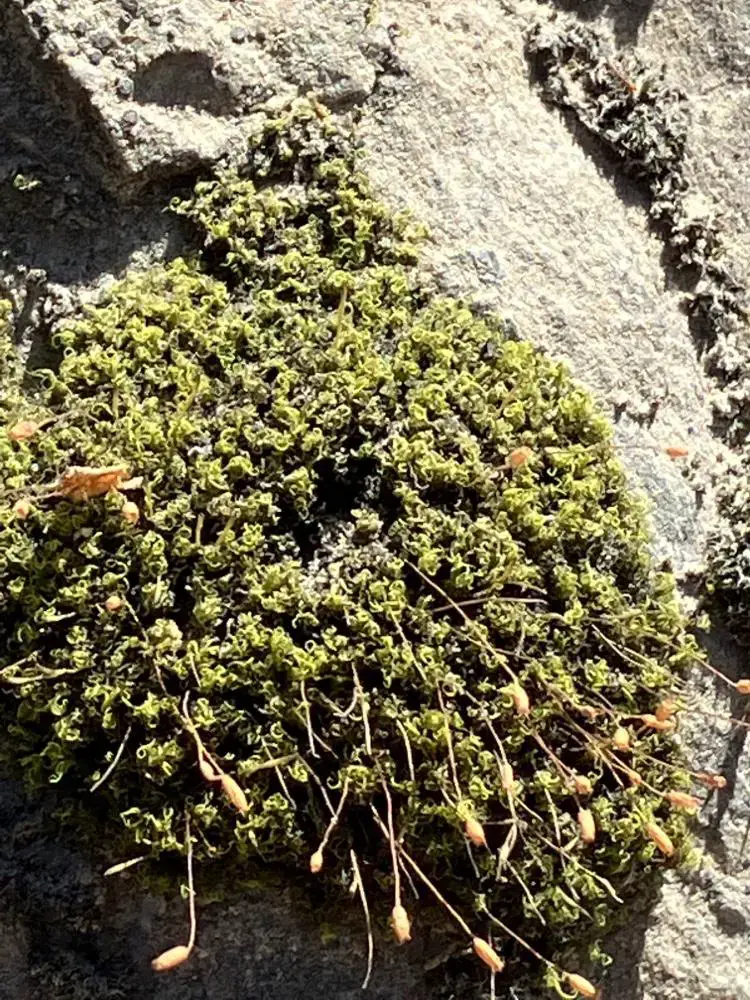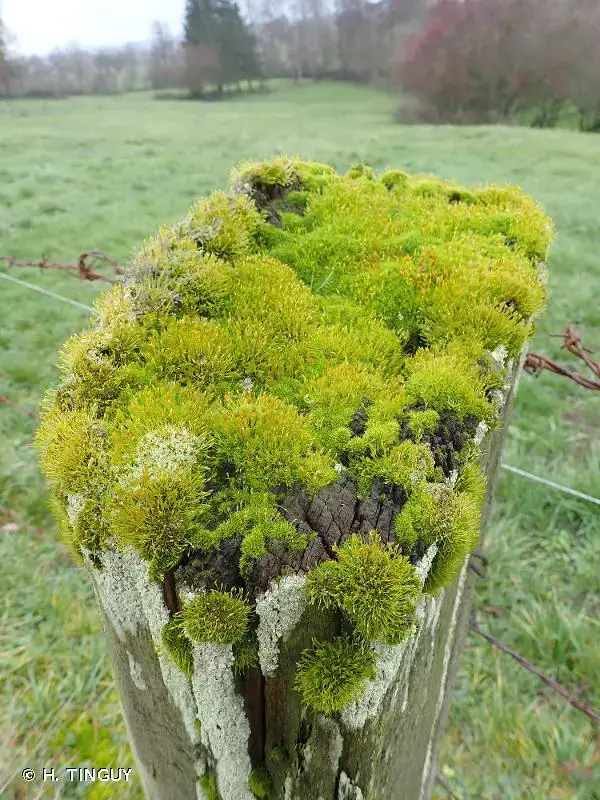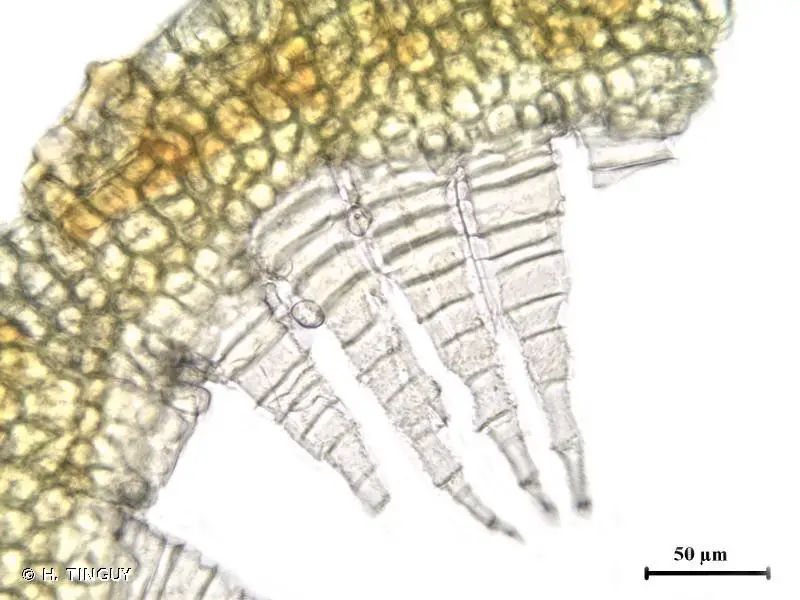
54670422.jpg from: https://observation.org/photos/54670422/
Dicranoweisia cirrata: The Curly Windswept Moss
Introduction
Dicranoweisia cirrata (Hedw.) Lindb., commonly known as Dicranoweisia, is a fascinating moss species belonging to the Rhabdoweisiaceae family. This tiny but mighty bryophyte has captured the attention of enthusiasts and scientists alike for its unique morphology and ecological adaptations. In this blog post, we’ll dive into the world of

376970.jpg from: https://inpn.mnhn.fr/espece/cd_nom/4734/tab/taxo
Dicranoweisia cirrata and explore what makes this moss so special.
Background
Mosses are small, non-vascular plants belonging to the division

209659.jpg from: https://inpn.mnhn.fr/espece/cd_nom/4734
Bryophyta. They lack true roots, stems, and leaves, instead having leaf-like structures called phyllids. Mosses play important ecological roles, helping to retain moisture, prevent erosion, and provide habitat for tiny organisms. Dicranoweisia cirrata is one of over 12,000 moss species found worldwide.
Morphology and Identification
Dicranoweisia cirrata forms dense tufts or cushions, typically growing to 1-2 cm tall. Its phyllids are lanceolate

32602924.jpg from: https://observations.be/observation/204343638/
(lance-shaped) and have a distinct curled or circinate appearance when dry, hence the species name “cirrata.” The leaf margins are entire (smooth-edged) and the

2023-03-19-11-20-56-800×600.jpg from: https://www.britishbryologicalsociety.org.uk/learning/species-finder/dicranoweisia-cirrata/
costa (midrib) is strong, extending to the leaf tip. Capsules are erect and cylindrical, borne on short setae (stalks).
Identifying D. cirrata requires close examination of its phyllids under magnification. Key features to look for include:
- Curled, circinate dry leaves
- Lanceolate leaf shape
- Strong, percurrent costa
- Entire leaf margins
- Erect, cylindrical capsules on short setae
Global Distribution and Habitat
Dicranoweisia cirrata has a wide distribution, found across North America, Europe, Asia, and Africa. It grows on a variety of substrates including tree bark, rocks, and rotting wood in

34346200.jpg from: https://waarneming.nl/waarneming/view/210458460?_popup=1
forests, woodlands, and urban areas. This adaptable moss can tolerate a range of environmental conditions, from shaded and humid to exposed and dry microsites.
Ecological Roles and Adaptations
Like other mosses,

831376.jpg from: https://www.bio-forum.pl/messages/3280/831366.html
D. cirrata plays important roles in its ecosystems:
- Moisture retention: Its dense growth form helps trap and hold water, reducing evaporation and maintaining humidity in the microenvironment.
- Erosion control: By colonizing bare surfaces like rock and soil, D. cirrata helps stabilize substrates and prevent erosion.
- Microhabitat provision: The tiny spaces among its phyllids provide shelter for microorganisms like tardigrades, rotifers, and protozoa.
Dicranoweisia cirrata has several adaptations that allow it to thrive in variable conditions:

24883159.jpg from: https://waarneming.nl/observation/185463946/
- Curled leaves: The circinate phyllids help reduce water loss during dry periods by minimizing exposed surface area.
- Thick cell walls: Leaves have thick-walled cells to prevent desiccation and protect chloroplasts.
- Rhizoids

br-160a2.jpg from: https://www.dorsetnature.co.uk/pages-bry/br-160.html
: These root-like structures anchor the moss and absorb water and nutrients from the substrate.
- Spore dispersal: Spores released from capsules are dispersed by wind, allowing colonization of new areas.
Conclusion
Dicranoweisia cirrata may be small, but it is a remarkable moss with important ecological functions. From its curly leaves to its global distribution, this mighty bryophyte deserves appreciation. Next time you’re out in nature, take a closer look – you might just spot some Dicranoweisia on a tree or rock nearby! What other mighty mosses have you encountered?